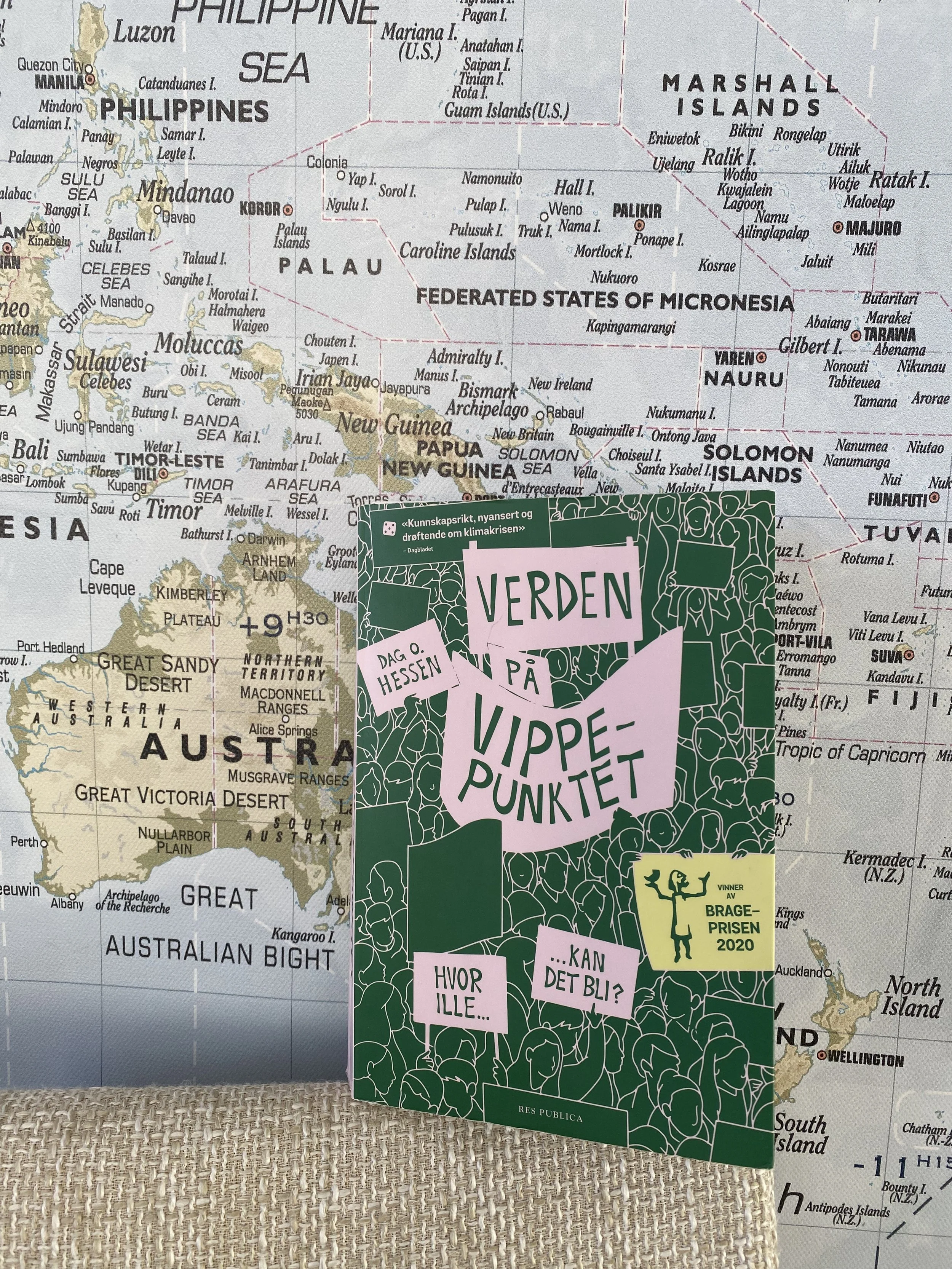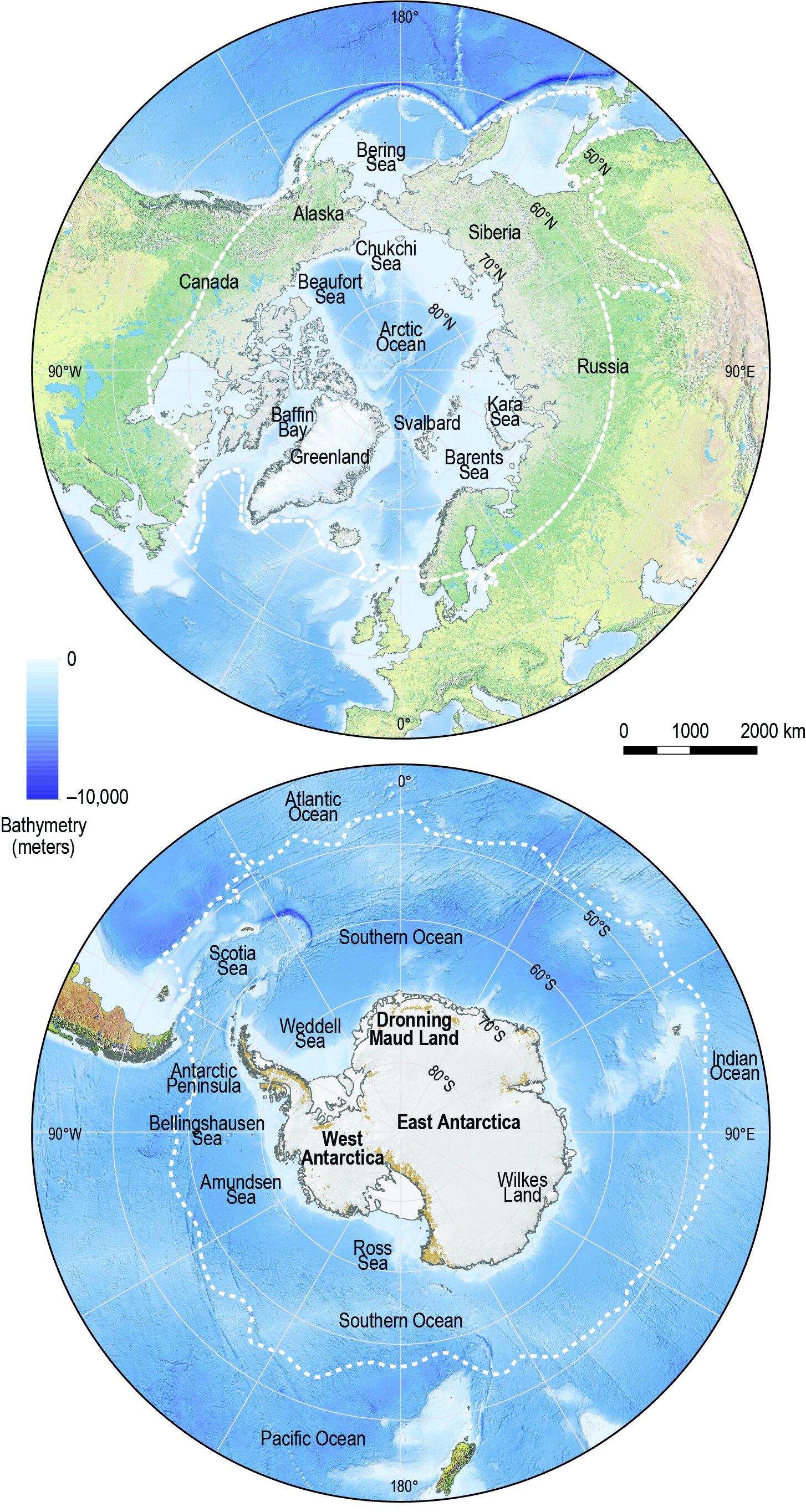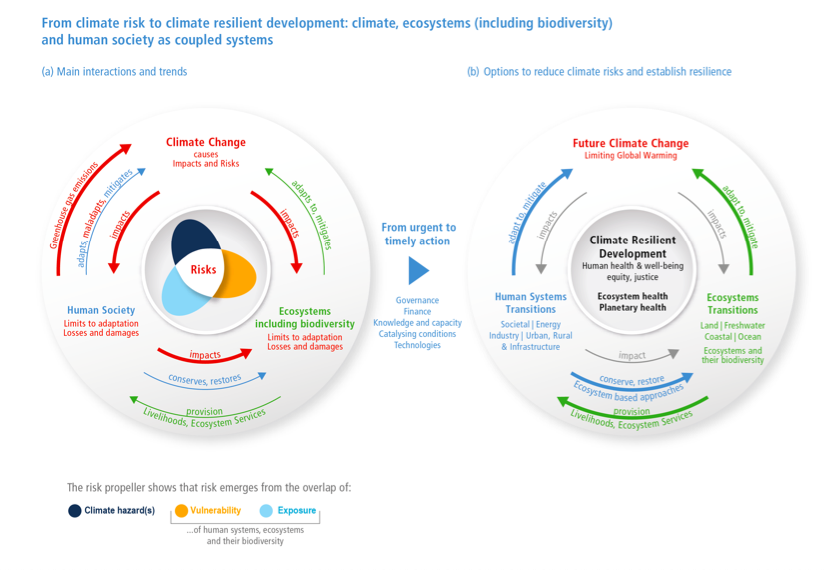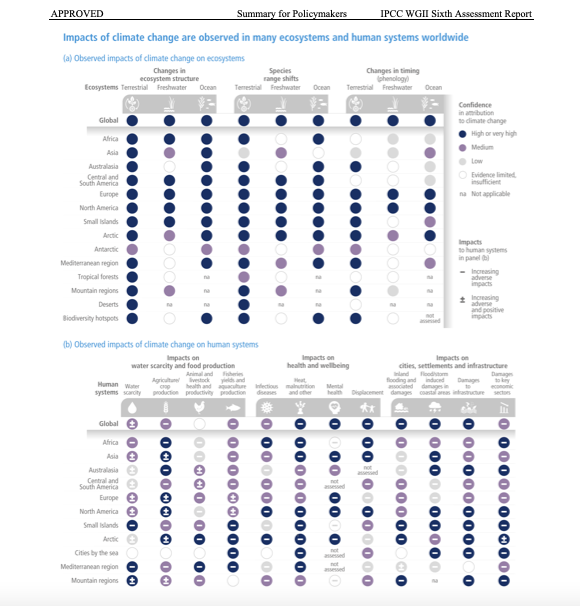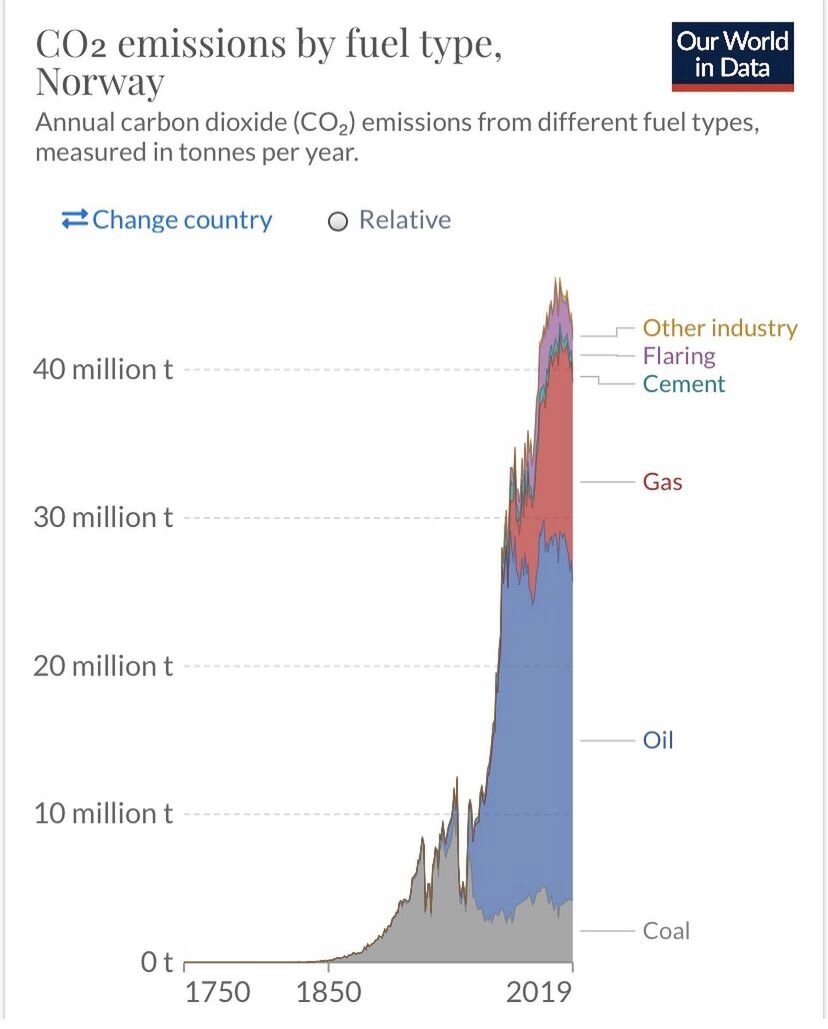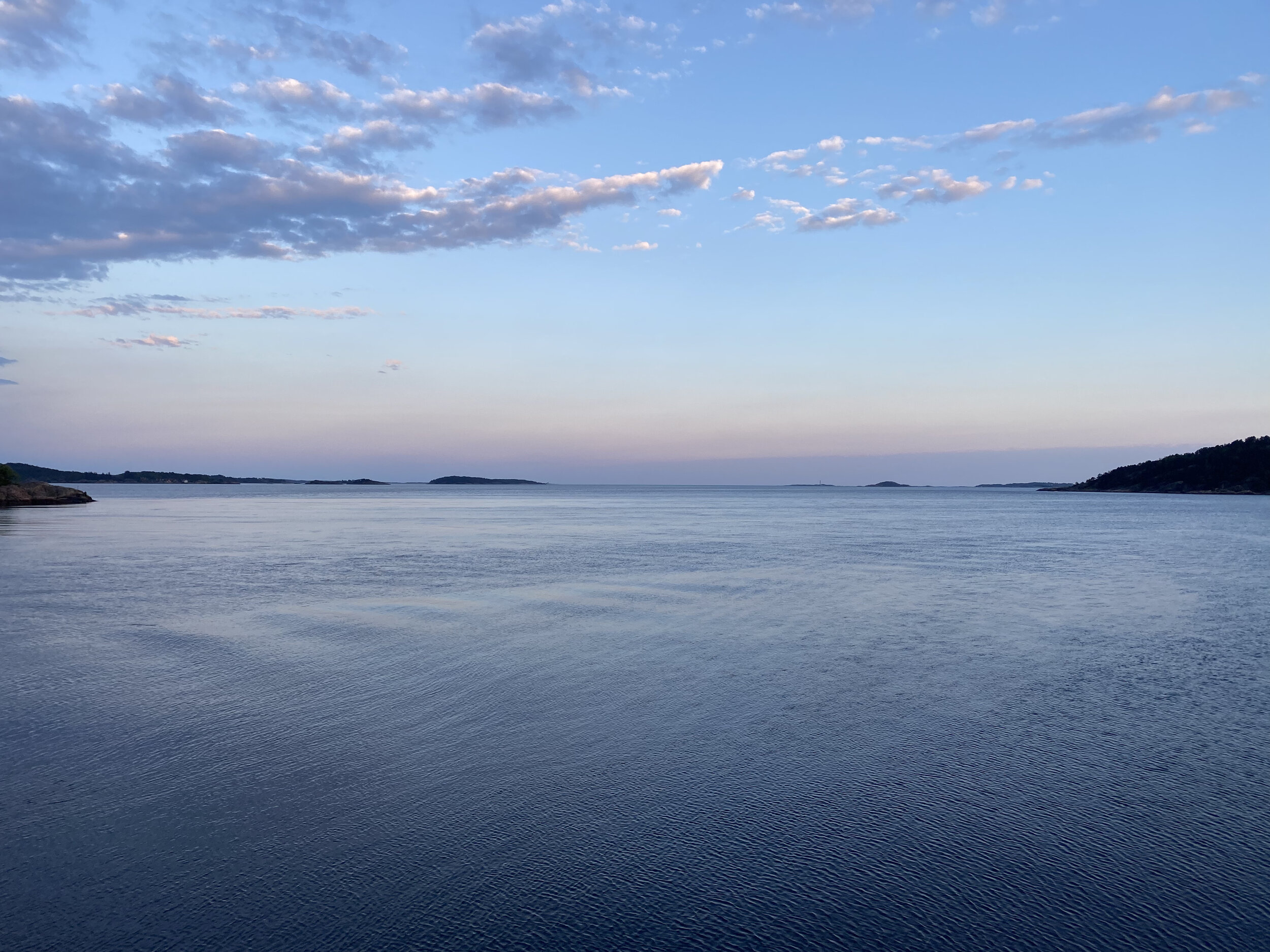Yesterday was a day of great relief in the climate realm, and so today is a day of contemplation. On the last day of the COP28 climate summit in Dubai, all the member countries could agree on the sentence: "Transition away from fossil fuels”. This is the first time fossil fuels has ever been mentioned in one of the closing agreements after a COP climate meeting.
The day prior, the first draft had removed any mentioning of fossil fuels altogether. Therefore the sorely needed phrase about the world agreeing to transition away from fossil fuels came as an early Christmas present to us all. However, in an ideal world, this Christmas present should have been delivered decades ago when the science first started to see the correlations between fossil fuels and global warming. But getting the sentence in is the first start.
At COP, the little words matter. Discussion points on using words like “phase out” or “phase down” are both considered to be stronger wordings than what was agreed. But as the UN Secretary General, António Guterres said in his closing statement: “The era of fossil fuels must end – and it must end with justice and equity” and “The world cannot afford delays, indecision, or half measures.”.
The previously mentioned Global Stocktake showed that the world is already behind in upholding the 1,5 degree target set in the Paris agreement. But not all is doom and gloom. On the first day of the summit, consensus was reached on what was thought to be a more difficult discussion point - namely the “Loss and damage” fund to the worlds low income countries and those most vulnerable to climate disaster.
There is a lot of hope that CCS - Carbon Capture Storage, will be a magical saviour in the energy mix forward. However, there is a real need to make changes in how we look at energy. If CCS were to be the only thing we changed in order to reach the 1,5 degree target, we would need to build 8000 facilities worldwide, according to the book “The world at the tipping point” by Dag O Hessen. Currently, there are only 196 CCS facilities worldwide.
Therefore another qoute worth mentioning is from the president of COP28, Sultan Ahmed Al Jaber: “An agreement is only as good as its implementation. This historic consensus is only the beginning of the road". This is where the real work start.

